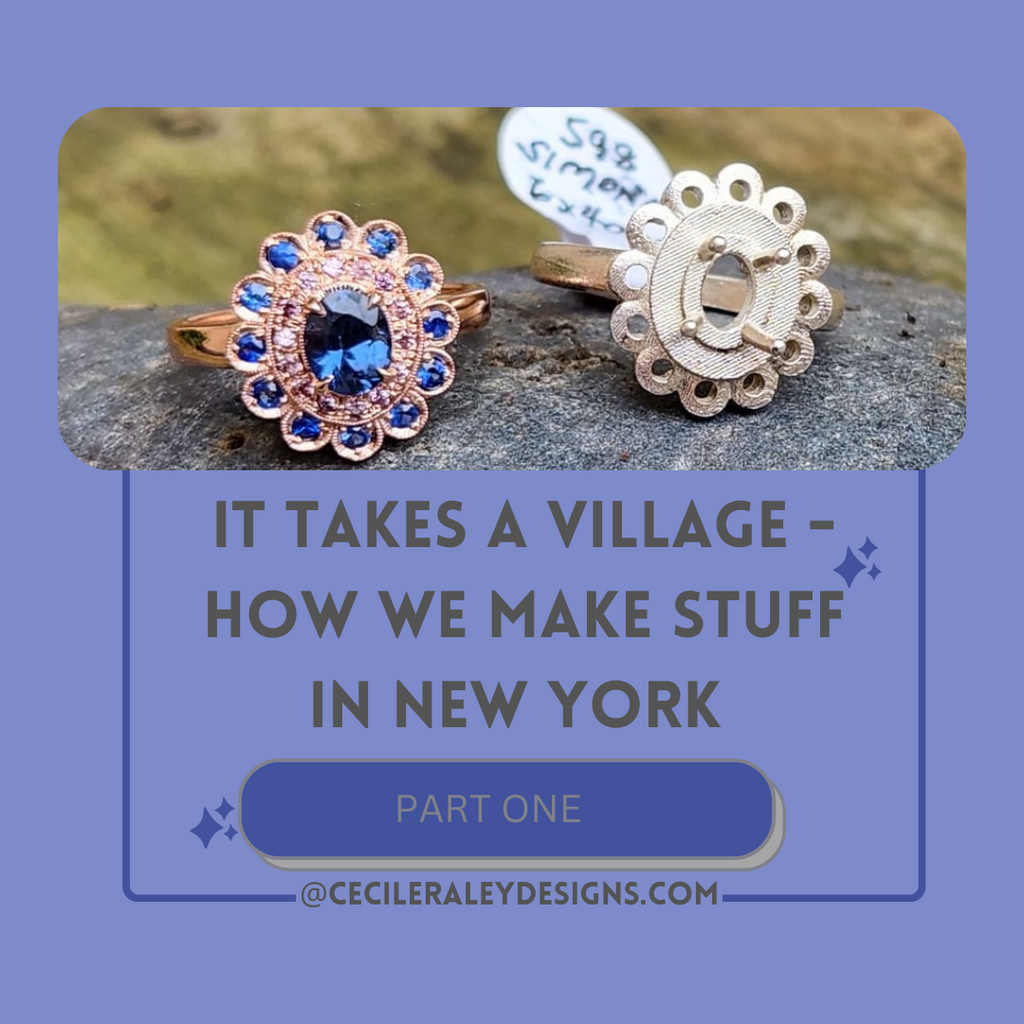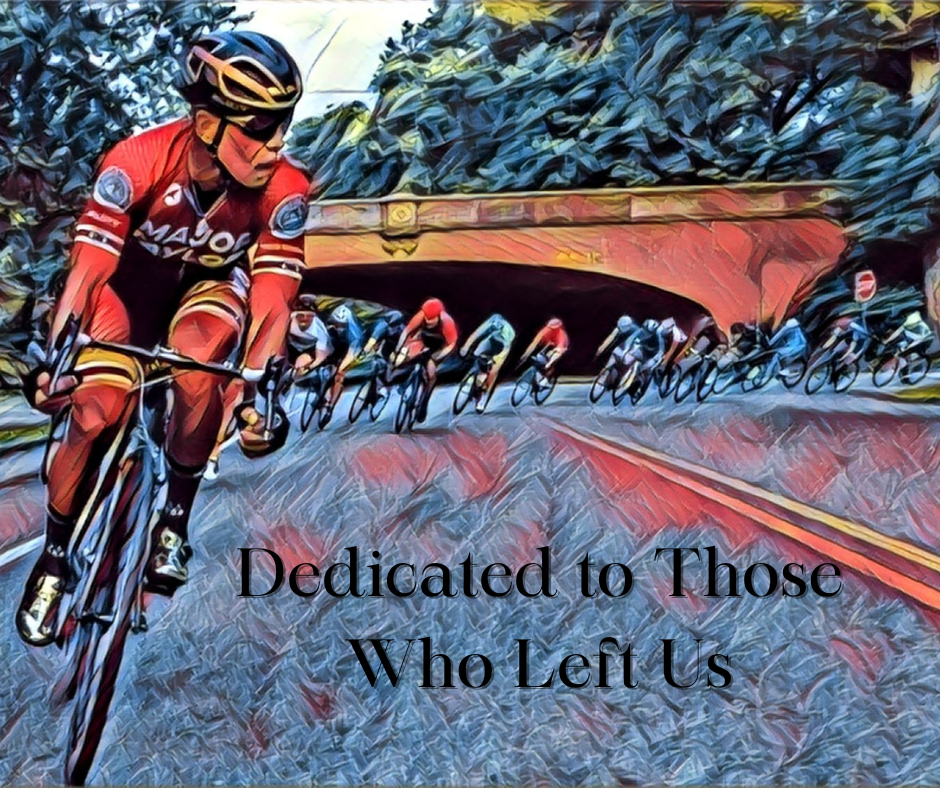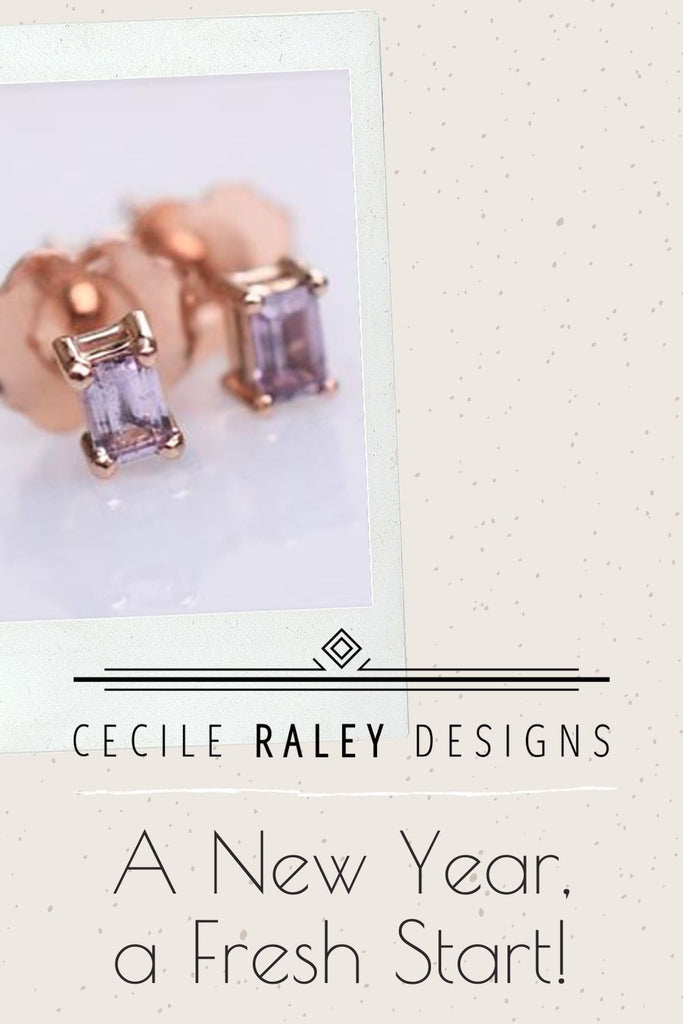It Takes a Village, Part 2: All About ME!!
I left you in suspense last week, telling you all about our making process but leaving the Maker Queen, the Queen Bee, out of the picture. So let me put myself front and center in this blog and talk only about ME.
I established my Etsy shop in 2009 - I started making beaded jewelry in 2007. I fell in love with gemstones ever since I attended my first bead show in 2007 but I had no idea what to do with gems that didn’t have holes in them.
From about 2009-2012 I more or less practiced jewelry making. I taught myself to solder, enjoyed some wax carving, and I attempted (very very) basic setting. I explored the various jewelry making steps by visiting a casting house, sitting with CAD designers, jewelers and setters in NY to watch their craft; and I sorted and graded gems for one of the street level gem dealers on 47th Street.

But within just a short time, it became clear to me that I cannot be a Jack of all trades. Especially when each of these trades takes years to master. I only have one lifetime to fill, and what I enjoyed most was the gems themselves. I wanted to find ways to have them be front and center, and to make them wearable.
From a jewelry standpoint, starting with the gems is actually backwards. The standard way is to design the pieces first, in CAD, in wax, or you make a technical drawing and then do the metalsmithing. You don’t need to worry about the gems because the industry uses diamonds almost exclusively. Those are all cut the same, calibrated, graded, and they are very plentiful. There are more diamonds in the world than all colored stones combined, and then some. As an alternative to diamonds, synthetics are very common, and only after those do we find cheap gems like citrine, amethyst, topaz and red garnet. Diamonds are hard so they are easy to set, while synthetics and cheap gemstones are easily replaceable. As a result, very few setters know how to properly work with the unique qualities of colored gems.

Very few jewelers actually design around a gemstone, even today. The reason for this is simply that before places like Etsy showed up, people didn’t just buy gems and bring them to a jeweler to make something out of them. There weren’t many places where you could buy gems loose, and most of what we used to call ‘semi precious’ gems weren’t of interest to retail buyers. Spinel, for instance, was nearly unheard of. Buyers thought zircon was a synthetic gem. I had to spend a lot of time explaining the gems I was selling to people.

Around 2012 that started to change, and that’s how I established my niche. I loved buying and selling gems but I didn’t feel right doing that without offering buyers opportunities to make them wearable. It became clear to me how many people thought that just any gem can be put into any jewelry, that no special skill was needed to come up with a jewelry idea or even to a degree, make a piece. I was asked to gypsy set or hammer set soft stones into 18kt white gold, to put deep stones into commercial jewelry with short prongs.
So to satisfy buyers with a lower budget by offering ways to look at their stone in a piece of jewelry, I sat down with my CAD designer Brandy and over time we developed a line. I tried lots of designs that weren’t popular, I used commercial settings as well but found that most of them didn’t lend themselves to colored stones. As I just mentioned, colored stones are often deeper, non-calibrated, or had wonkier cuts, so I had to come up with ideas that could incorporate the less versatile and irreplaceable nature of colored stones. I have written about this elsewhere, so I won’t repeat myself, but right away I had to design all pieces with longer prongs to accommodate deeper cuts, like Portuguese and step cut (not used for diamonds or synthetics).
To keep the prices a little lower than fully designed from scratch benchwork pieces, we went with CAD designs. That’s why we have molds for most of the pieces, why they are hand engraved but before casting, not after, and that’s also why they are designed for smaller stones.
I love seeing different colors together, and I love the freedom of color play you can achieve with ring designs based on layouts and clusters as opposed to larger and expensive color center with a diamond halo. This is one thing that attracted me to the 1920s and ‘30s designs, many of which do not focus on center stones larger than one carat.

Eventually, all the different ideas I had gave birth to a catalog, and the design elements I love from the ‘20s and ‘30s (kite, petal, etc) formed the basis of the pave work I so love. To this day, I am the only one in my shop doing all the layouts for custom pieces, as well as for every single piece that hits the shop. I also do all the basic designs, and I buy all the stones for them. My staff assists in sales, shipping, billing, helps stay on top of the production line and the stock we require, which includes anything from boxes to chains to earring backs.
In addition to designing and buying, I take all the photos, do all the descriptions and the writing (Karen now does the newsletter, and she does a great job!). As a philosophy professor, I was a writer by trade anyway, and I was good at organizing information in a way that’s educational and (hopefully) entertaining. When you are dealing with dozens of 18-22 year olds, being entertaining is very important, but so is providing structured and clear information.
I was so in love with these gems that I wanted to talk about them with others, geek out on them, so to speak, so the blog was a natural way to do this. It was the result of writing listing descriptions that entertained buyers to the point of improving my income (when I was mostly just having fun with talking about stuff).
In 2009 I believe I sold one piece on Etsy. January 2010 I sold some more, and then between that year and 2012 I went from making 5K annual in sales to making 100K. I have no idea how it even happened. But my guess is that because beads were starting to be bought online and this was very popular, I came into the market at just the right time.
Until 2016, my sales just went up and up and up. Since then, it has been up and down, with an overall increase but not as much as in the first few years. Now, many people are doing the same job as I do, buying gems and making jewelry. But judging from what my clients are saying, there are still not all that many designers or jewelers that are working with colored gemstones. So when it comes to more well made stuff, and higher quality rare gems, demand still outstrips supply.
Working with colored stones for jewelry requires a lot of knowledge, as well as a skill set that is larger than working with diamonds or synthetics. Nor does it save money to start one’s design with the gem. It is, however, liberating. That’s how I see it. White gold and diamond jewelry is not very exciting in the long run. With colored gems the design options are constantly changing as new finds hit the market and old ones become obsolete. You have to stay on top of availability and pricing, and go to gem shows. You also have to be willing to break stuff, and to make mistakes. I totally am willing to do both, but that’s also why I don’t work with customer’s stones. I don’t want to break YOUR stuff too.
So that’s where I am still: buying and curating the gems I like the most, designing pieces that can work for these gems, and getting excited when talking about them. When I left academia, I never looked back, and I don’t expect to be doing anything else until my own expiration date. What more could a person want?!
Perhaps one last point is worth stressing. Do gem dealers and jewelers become rich with their trade? Is this a good thing for you to do for money? Probably the answer to both is no. Some people do make a ton of money, of course, but that usually requires more than just knowing gems and jewelry. It requires wanting to be a salesperson, having business acumen and knowing how to grow it. Most of us, alas, love gems and making things too much to want to do all that too, so we prefer to stay small. We are not starving, but we mostly work because we love it. Almost all of us spend too much money on gems instead of big cars, and our retirement funds are in a safe, not a 401K, which means we have to keep buying and selling and we prefer that anyway.
Continue reading
























 The year was 2013. I was driving to work, and just as I turned off the highway, a huge billboard came into view. It read: “Mineral and Fossil show, Secaucus NJ.” Hm, I thought, I should check that out. I went right on opening night. As I strolled through the aisles, my eye fell on a really neat pile of tanzanite slices, and in typical fashion, I started to sort through them, not even looking up at the salesperson behind the table. “Tanzanites,” a voice said, “no treatment, from my last trip to Tanzania.” The accent was clearly German. I looked up and saw a tall bearded guy sitting lazily behind the table. “You’re German?” I asked. We started talking. And talking. And talking. For the whole evening. I came back on the last day of the show and spent the entire afternoon at his booth.
The year was 2013. I was driving to work, and just as I turned off the highway, a huge billboard came into view. It read: “Mineral and Fossil show, Secaucus NJ.” Hm, I thought, I should check that out. I went right on opening night. As I strolled through the aisles, my eye fell on a really neat pile of tanzanite slices, and in typical fashion, I started to sort through them, not even looking up at the salesperson behind the table. “Tanzanites,” a voice said, “no treatment, from my last trip to Tanzania.” The accent was clearly German. I looked up and saw a tall bearded guy sitting lazily behind the table. “You’re German?” I asked. We started talking. And talking. And talking. For the whole evening. I came back on the last day of the show and spent the entire afternoon at his booth. 
 It was actually Jaimeen Shah of Prima Gems who encouraged me to go to Tucson. “You have to,” he said, and because I was short on funds, he paid for the hotel, trading for some part time work at his booth, although I admit I worked precious little - thank you Jaimeen! Weirdly, it was also in Tucson where I bought my first paraibas, even though the paraiba sellers are actually all located in New York.
It was actually Jaimeen Shah of Prima Gems who encouraged me to go to Tucson. “You have to,” he said, and because I was short on funds, he paid for the hotel, trading for some part time work at his booth, although I admit I worked precious little - thank you Jaimeen! Weirdly, it was also in Tucson where I bought my first paraibas, even though the paraiba sellers are actually all located in New York. 
 And last but not least, we are in the process of adopting another kitty. “Maria” – who will get renamed “Lucy” once we are past the fostering phase, is a 7 year old Tabby who lost her home due to a move. She was an only cat so she’s still getting used to Toby, but the introduction is going well so far! Fingers crossed...
And last but not least, we are in the process of adopting another kitty. “Maria” – who will get renamed “Lucy” once we are past the fostering phase, is a 7 year old Tabby who lost her home due to a move. She was an only cat so she’s still getting used to Toby, but the introduction is going well so far! Fingers crossed...










